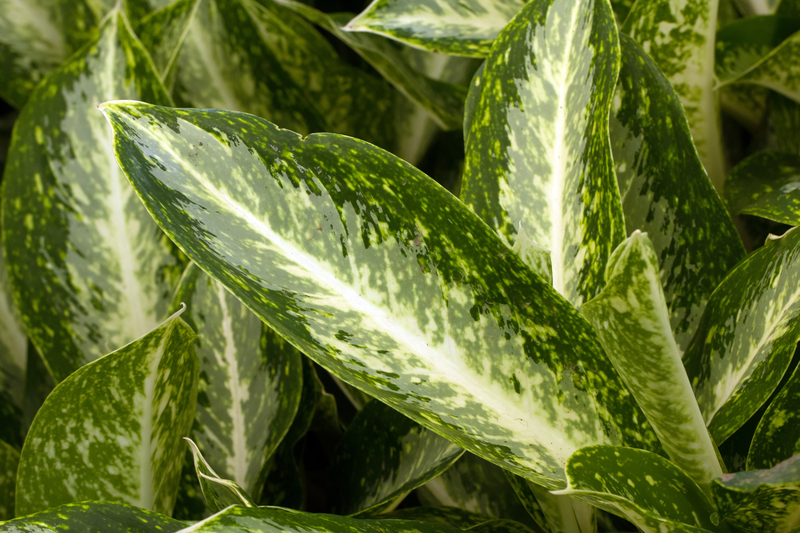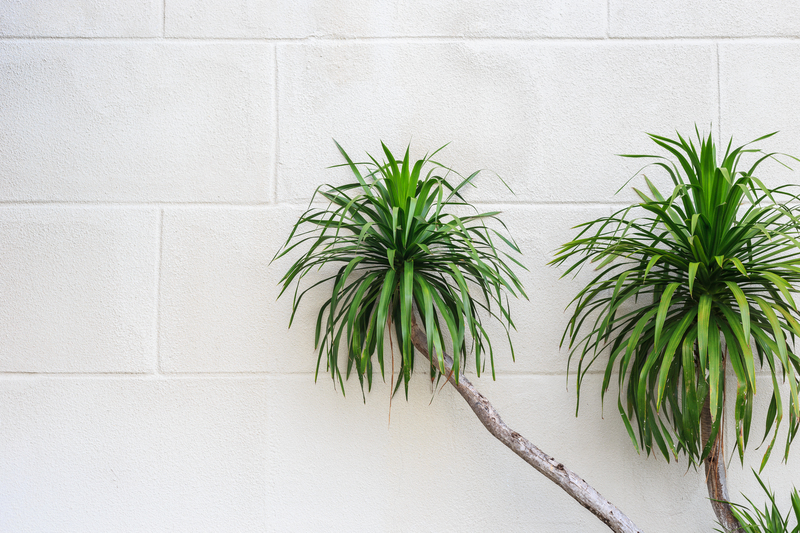Winter Pruning: Key for Tree and Shrub Health
Posted on 08/10/2024
Winter pruning is an essential practice for maintaining the health and aesthetics of trees and shrubs. When the leaves have fallen and plants are dormant, it may seem counterintuitive to head outdoors with pruning shears. However, winter is actually the ideal time to trim many types of plants. This article delves into the why, how, and what of winter pruning, providing comprehensive knowledge to ensure your plants thrive throughout the year.
Why is Winter Pruning Important?
Winter pruning offers several advantages that can significantly contribute to the health and vigor of your trees and shrubs:
Disease Prevention
Many plant diseases are inactive during the colder months. Pruning in winter helps reduce the risk of infection since the cuts can heal before the onset of the spring, minimizing exposure to pathogens.
Better Visibility
With the absence of foliage, winter provides a clearer view of the plant's structure. This enhanced visibility allows you to make more precise cuts, removing dead, damaged, or diseased branches efficiently.
Encouragement of New Growth
Winter pruning revives plants by encouraging new growth in the spring. Proper cutting practices stimulate the plant's natural growth hormones, promoting thicker, healthier foliage and stronger branches when the growing season begins.

Basic Principles of Pruning
Pruning is both an art and a science, requiring a balance of knowledge and technique. Here are some essential principles to guide you:
Understanding Plant Anatomy
Knowledge of plant anatomy is crucial for effective pruning. Understand the various parts of the plant, including branches, buds, and nodes, to make precise cuts that promote health and growth.
Choosing the Right Tool
Using the correct tools is non-negotiable for effective pruning. Ensure you have sharp, clean pruning shears, loppers, and saws to make smooth cuts and avoid damaging the plant tissue.
Cuts and Angles
When making cuts, aim for a 45-degree angle just above a bud that is facing outward. This promotes outward growth and prevents water from collecting on the cut surface, reducing the risk of rot and disease.
Step-by-Step Guide to Winter Pruning
Assess the Plant
Before making any cuts, thoroughly assess the plant. Identify branches that are dead, diseased, damaged, or crossing each other. Determine the plant's natural shape and growth habit to ensure your cuts enhance its natural form.
Remove Dead or Diseased Wood
Start by removing any dead or diseased branches. These are easily identifiable by their brittle texture and lack of buds. Cut back to the point where healthy wood persists to prevent the spread of disease.
Thin Dense Areas
Many trees and shrubs benefit from thinning, which involves removing crowded branches to improve air circulation and light penetration. Focus on cutting back inward-facing or crossing branches.
Shape and Balance
Once you've removed dead and dense wood, step back and assess the plant's overall shape. Ensure your remaining cuts create a balanced, aesthetically pleasing form. Avoid drastic cuts that could shock the plant or disrupt its natural growth pattern.
Species-Specific Considerations
Different trees and shrubs have unique pruning needs. Here's a look at some common species-specific considerations:
Fruit Trees
Fruit trees such as apple, pear, and cherry benefit significantly from winter pruning. Focus on removing water sprouts (vertical shoots) and thinning branches to create an open, vase-like structure. This ensures better sunlight penetration and air circulation, leading to healthier fruit production.
Evergreens
Pruning evergreens requires a lighter touch. These plants don't go fully dormant, so avoid heavy pruning. Remove only dead or damaged branches, focusing on maintaining the plant's natural shape.
Roses
Winter is the ideal time to prune most rose varieties. Cut back to about one-third of the plant's height, ensuring cuts are made just above outward-facing buds. This encourages new, healthy growth and more robust blooms in the spring.
Safety Tips and Best Practices
Pruning, while beneficial, involves risks, especially when working with larger trees. Here are some safety tips to consider:
Wear Protective Gear
Always wear gloves, eye protection, and sturdy clothing to protect yourself from sharp branches and tools. Non-slip footwear is crucial when working on ladders or uneven ground.
Use the Right Ladder
A sturdy, appropriately sized ladder is essential for reaching higher branches. Ensure it is placed on stable ground and positioned at the correct angle to prevent falls.
Know Your Limits
Attempting to prune large or high branches without proper equipment and expertise can be dangerous. For significant pruning tasks, consider hiring a professional arborist.

Post-Pruning Care
After pruning, it's essential to provide your trees and shrubs with the care they need to recover and thrive:
Inspect and Clean Tools
Always clean and inspect your pruning tools after use. Sharp, sanitized tools prevent the spread of disease and ensure smooth, clean cuts in the future.
Mulch and Water
Mulching around the base of the plant helps retain moisture and regulates soil temperature. Ensure the plant receives adequate water during dry winter periods, as hydration is essential for recovering from pruning.
Watch for Pests and Diseases
Keep an eye out for signs of pests or disease after pruning. Early detection and treatment can prevent significant damage and ensure your plants remain healthy and vigorous.
Conclusion
Winter pruning, when done correctly, is a powerful tool for maintaining the health, aesthetics, and productivity of your trees and shrubs. By understanding the principles of pruning, using the right tools and techniques, and considering the specific needs of your plants, you can help them thrive year after year. Embrace this essential gardening practice and enjoy a flourishing landscape come spring.



